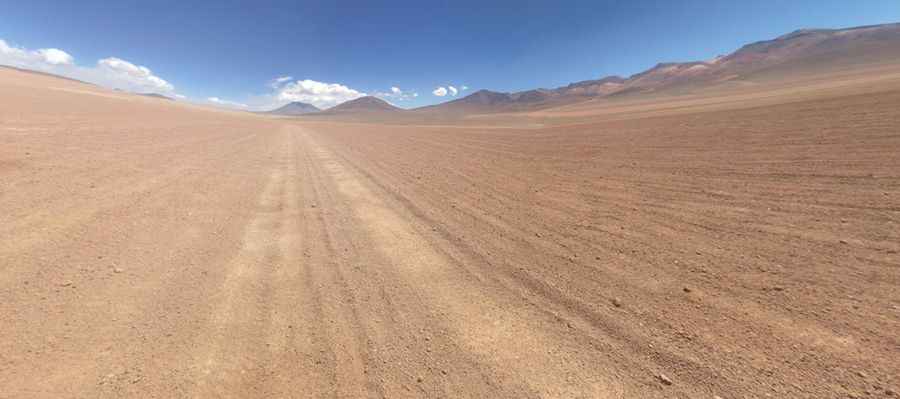How to Drive Across the High Desert of Siloli?
The Desierto de Siloli is a remote high-mountain desert located in southwestern Bolivia, in the Potosí Department, near the Chilean border. Known for its altitude and isolation, the area sits at around 4,500 meters above sea level and forms part of the route between Uyuni and the Eduardo Avaroa Andean Fauna National Reserve. The road to reach it is entirely unpaved and one of the most striking off-road routes in South America.

Where is the Desierto de Siloli?
The Siloli Desert is located in the Sud Lípez Province, tucked within the Andes mountain range. It lies west of Laguna Colorada and northeast of Laguna Verde, close to the border with Chile. The landscape is dry and rugged, dominated by volcanoes, rock formations shaped by wind erosion, and large open plains.
What is the road like?
Access to the desert is via unpaved roads, often referred to as tracks. These routes cross sandy terrain, pass volcanic ridges, and wind through open areas scattered with isolated rock formations. The road itself has no pavement and requires high-clearance 4×4 vehicles due to soft ground, uneven surfaces, and potential altitude-related issues. The region is remote, and there are no services along the road.
How do you reach Desierto de Siloli?
The most common way to reach the Siloli Desert is by joining a guided 4×4 tour that departs from either Uyuni, Bolivia or San Pedro de Atacama, Chile. From Uyuni, tours typically take two days to reach the desert, traveling south past the Salar de Uyuni, Laguna Hedionda, and Laguna Colorada.
From San Pedro de Atacama, the desert is usually visited on the first day of the tour after crossing the border into Bolivia at Hito Cajón. In both directions, the drive involves crossing open desert, salt flats, and high-altitude passes.
What are the main features of the desert?
The road through the desert passes formations like the Árbol de Piedra ("Stone Tree"), a rock sculpted by strong winds. The route also offers views of volcanoes, many with colored slopes, and wide desert plains. Short walks are possible along the rocks, and some visitors climb them for better views.
The area is known for its extreme elevation and lack of shelter, making weather and altitude key risks. Altitude sickness is a concern, and travelers should be prepared for limited oxygen and strong sun exposure.
Is the road dangerous?
The danger in Desierto de Siloli comes mostly from the high altitude and the remoteness. The terrain itself is not technically difficult to drive, but the lack of infrastructure and emergency access makes preparation essential. Weather changes can bring strong winds or freezing temperatures. Vehicle breakdowns in this area can lead to long delays without immediate help.
Pic: Aaron Zadworny